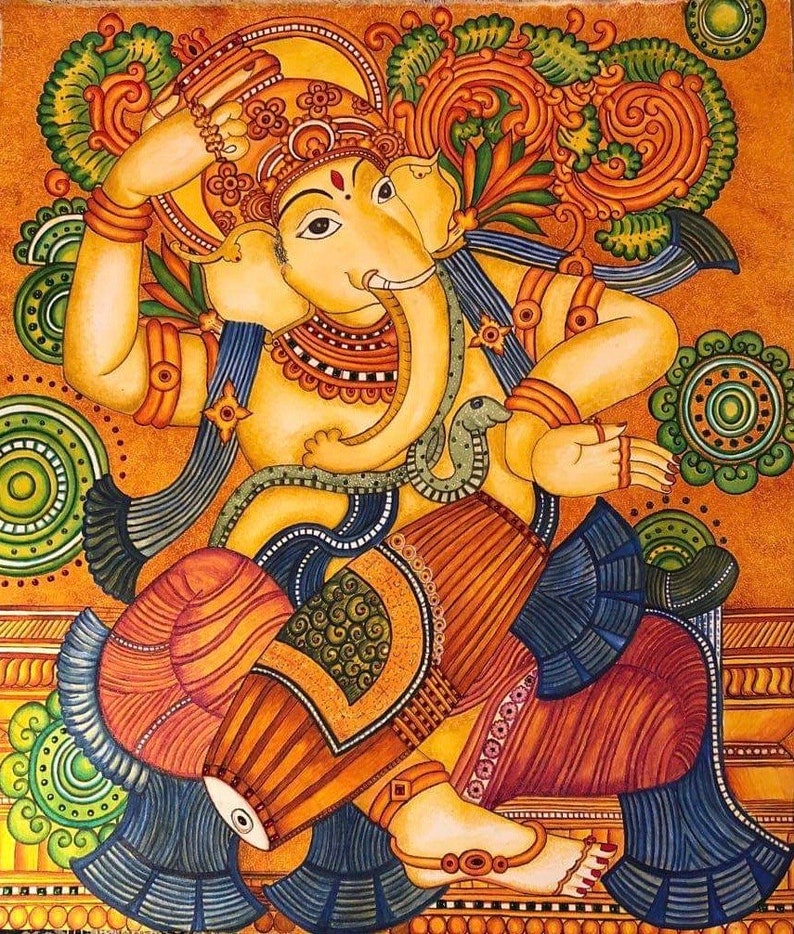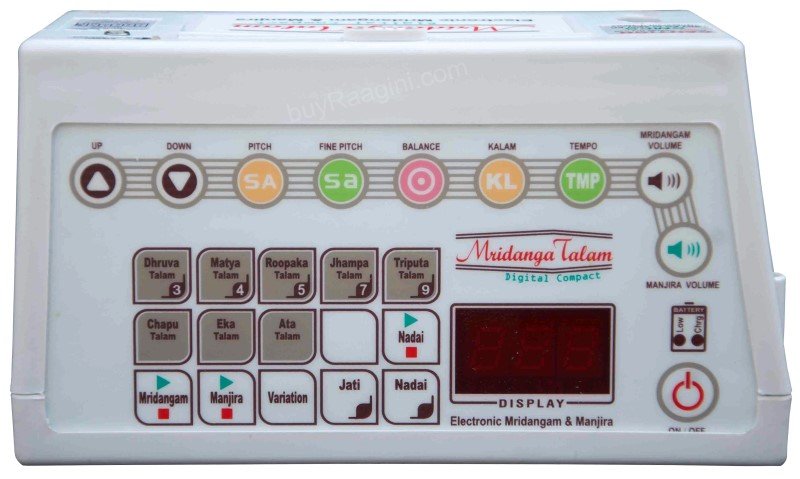
It is also a key musical instrument that accompanies a Sattriya performance. According to Assamese Neo-Vaishnavites, playing the khol is regarded as a holy activity and it is also considered to be one of the most important traditional percussion instruments.

Assamese polymath Sankardeva is known to have adapted and evolved the tradition of gayan-bayan by using musical instruments like the khol and taal. The khol is considered an integral part of the Ek Saran Naam Dharma culture and is used in bhaona (plays), gayan-bayan', prasanga- kirtan and borgeet s (lyrical songs).

The wooden khol was made into terracotta by the Assamese polymath Sankardev. Odisha, Manipur, Bengal and Assamese Khol are commonly found in different forms. Different types of Khol are available in north eastern India. There are so many histories about its origin. Some modern instruments are made with a fibreglass body and synthetic drumheads.

The drumheads are made of cow or goat skin, and are three-layered and treated with a circle of rice paste, glue, and iron known as syahi. The khol is a drum with a hollow earthen body, with drumheads at both ends, one far smaller than the other.


 0 kommentar(er)
0 kommentar(er)
